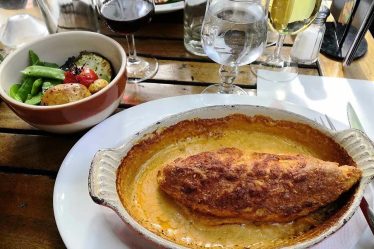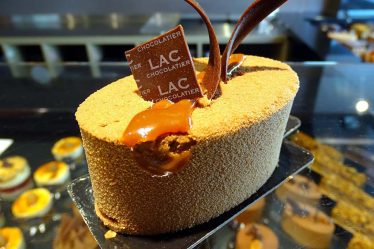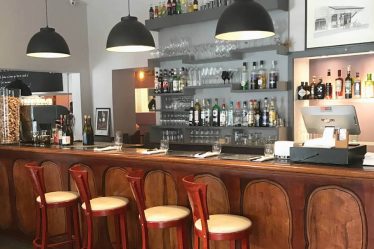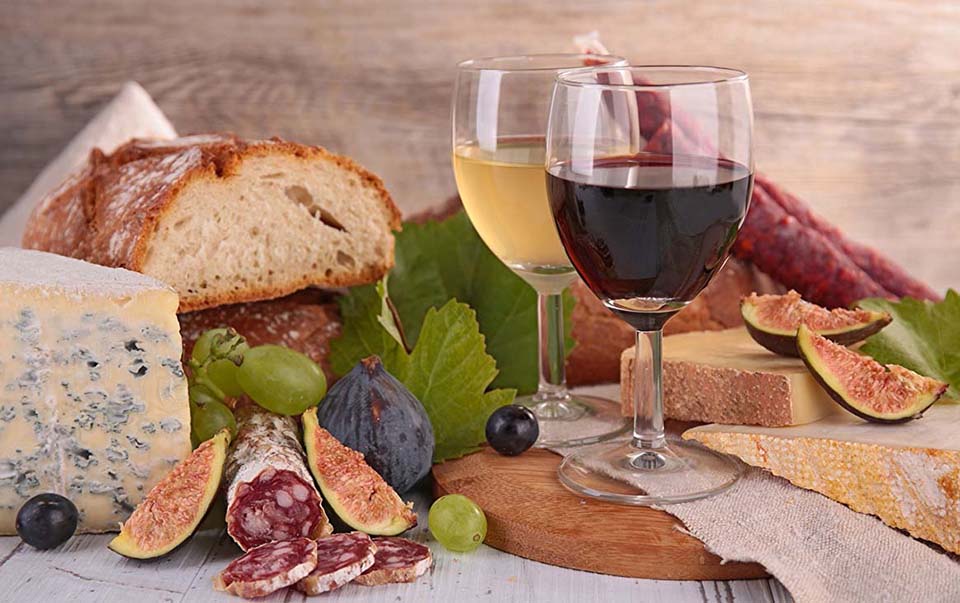
1. Arriving in Montauban
Rolling into the small city, I noticed right away how different it felt from the bustle of the larger towns I had passed through in the days before. Montauban doesn’t try to impress in a loud, flashy way — instead, it draws you in slowly, through the quiet rhythm of its streets, the sun-warmed bricks of its pink buildings, and the earthy, subtle smells wafting out from its food markets and shops.
It was early afternoon when I stepped out of the station. The air was warm, tinged with the scent of stone and green leaves. With my small backpack slung over one shoulder, I wandered toward the historic center, dragging my feet intentionally, wanting to take it all in without rushing — the soft chime of a bicycle bell, the laughter of children echoing in narrow alleyways, the glimpses of terracotta rooftops between leafy branches. I wasn’t here for big sights or landmarks. This trip was about flavor — and Montauban, I had heard, was full of it.
2. First Stop: Cheese Under Vaulted Ceilings
I didn’t even have to look for my first food stop; the smell found me. Sharp, ripe, buttery — cheese. It was coming from a shop tucked under a row of brick arches near the Place Nationale, shaded and cool even in the heat of the afternoon. Inside, the light was soft, and the walls were lined with wooden shelves stacked with wheels, blocks, and wedges in every shade from pale ivory to deep golden amber.
The owner — a silver-haired man with gentle eyes and a stained apron — nodded as I came in but didn’t rush to speak. I liked that. I stood still for a few minutes, letting my eyes wander over the names scrawled in chalk: Rocamadour, Tomme de Chèvre, Laguiole, Saint-Nectaire. Some I recognized. Others were new.
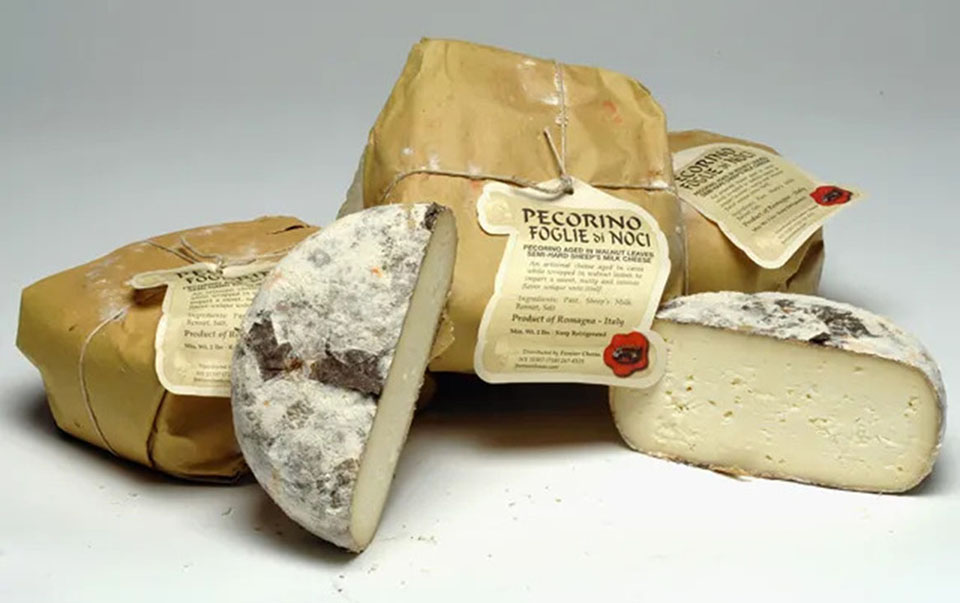
He approached eventually, and when I asked for something local and strong, he grinned like I’d passed a test. He handed me a sliver of something pale and wrinkled — an aged goat cheese from the hills north of the Tarn. It was firm, slightly grainy, with a kick of salt and that unmistakable barnyard tang that makes goat cheese so addictive. I nodded, and he wrapped a wedge for me in thick brown paper.
Before I left, he insisted I try another: a cow’s milk cheese aged in walnut leaves. It was softer, with a rind that smelled like crushed leaves after rain. I bought that too, along with a small container of fig jam he pointed to wordlessly.
I left the shop with my paper bundle under one arm, resisting the urge to tear into it on the spot. But five minutes later, on a bench by the Pont Vieux, I gave in. The goat cheese and fig jam together were outrageous — tangy and sweet and creamy all at once. I didn’t even need bread.
3. A Cave of Bottles and Stone
By late afternoon, the sun had turned golden, spilling light onto the cobblestones and warming the bricks until they glowed. I wandered without much direction until I found a wine shop hidden behind a plain wooden door on a quiet side street. Inside, the temperature dropped. The walls were made of rough stone, and the shelves were packed floor to ceiling with bottles — deep reds, pale golds, dusty greens.
The man behind the counter was young, with messy dark hair and a way of talking that made everything sound like a secret. I told him I’d bought cheese and needed something to go with it. “Something from here,” I said. “Not Bordeaux. Not Burgundy.”
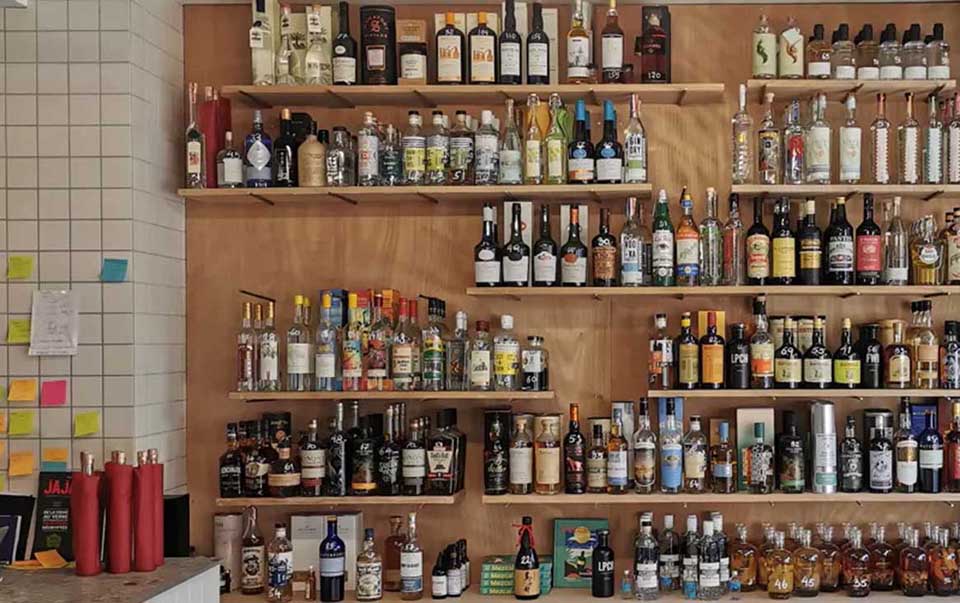
He nodded and led me to a back shelf where the labels were handwritten, the bottles corked with wax. These were from Cahors, Gaillac, and Fronton — wines made just outside Montauban. He pulled down a bottle of Fronton red, made mostly with Négrette, a grape I’d never heard of. He described it as peppery, dark, a bit wild. I was sold.
We talked for a while about the wines of the Tarn-et-Garonne region — how the soil here was lighter than in the south, how small producers were reclaiming old vineyards, how many locals drank their wines young and unfiltered. He poured me a taste from an open bottle behind the counter. It was rustic, full of dark fruit and something herbal I couldn’t quite place. Thyme, maybe. Or the smell of warm wood.
I left with two bottles — one red, one white from a biodynamic vineyard — and an invitation to return the next day for a tasting. I said I’d think about it, but I already knew I would.
4. Sausages in the Market Hall
The next morning, I woke early and headed to the covered market near the cathedral. Even from a block away, I could hear it — the overlapping hum of voices, the scrape of crates, the occasional bark of a vendor calling out specials. Inside, it was a riot of color and scent. Bright piles of peaches and plums. Greens still damp with dew. But I made a beeline for the charcuterie stands.
There were three, each with its own proud display. One specialized in whole hams, strung up on hooks and shining with fat. Another had neat rows of pâtés and terrines in clay crocks. The third — my favorite — focused on sausages.
The woman behind the counter had the confident air of someone who knew she sold the best. Her saucisson sec came in loops and spirals, coated in white mold, some studded with pepper, others with hazelnuts or figs. I asked which one was most typical of Montauban, and without hesitating she handed me a dark, wrinkled sausage infused with red wine and garlic. “Old recipe,” she said. “Very old.”
She sliced off a sample. It was rich and intense, salty and slightly sweet, with little pockets of fat that melted on my tongue. I bought two, plus a soft pork pâté wrapped in vine leaves.
On my way out, I picked up a crusty sourdough boule and a small pot of whole-grain mustard. I had no particular plan for lunch, but I had all the ingredients now. I found a quiet spot under a plane tree by the river and laid it all out on a napkin: cheese, sausage, bread, wine. No cutlery, no ceremony. Just food, air, and the soft murmur of water below.
